Maria Margaret Cantos and Chris Ignacio of A2 Design Lab writes:
Today, we have all the technology that we could dream of to overcome these limits, and nature has provided all the inspiration needed. It is only up to us humans to reorganize our flawed priorities and start paving the way for the future - because there is a tomorrow, and it is our tomorrow.
Can Regenerative Design Save the Planet?
In nature, whole ecosystems thrive through intricate and efficient systems of interdependence. Every organism contributes and takes as much as it gives. Nothing goes to waste — every organism, from the massive to the miniscule, takes as much as it gives and contributes to the cycle of life and death to sustain the whole. For millions of years, nature has sustained itself elegantly by design.
This circular economy is the essence of regenerative design. It forces us to think outside of the current linear framework: if we keep using nature just as a resource, it will inevitably run out. We have to realize our role as participants in a global ecosystem, and design our lives to adapt with the biological cycle of the environment we belong to.
Regenerative design is not simply about being “green” or “nature-friendly.” Regenerative design ensures that it actively contributes and gives back to the ecology from whence it came. Author Anthony Flint describes it well in a CITYLAB post: “A green roof is pleasant for humans and reduces energy consumption in the building underneath; a regenerative green roof not only does that but is intentionally designed to support butterflies or birds that have otherwise vacated an urban area.”
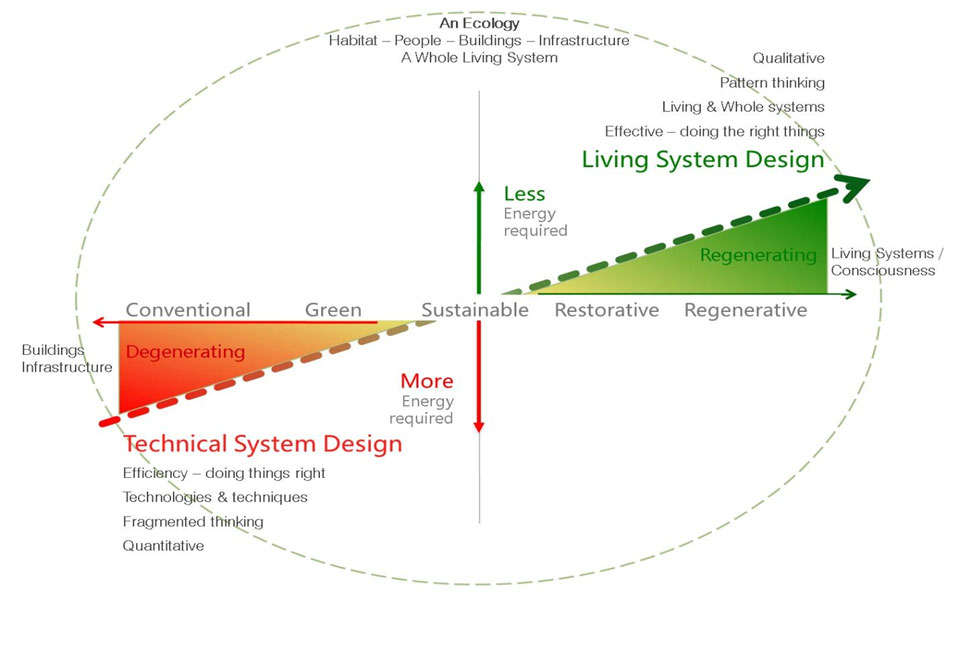
“Trajectory of Ecological Design” by Regenesis Group.
VanDusen Botanical Garden Visitor Centre
A great study on regenerative design is the VanDusen Botanical Garden Visitor Centre in Vancouver. A modern marvel of architecture, the Centre “delicately balances architecture and landscape, integrating natural and human systems in meaningful ways to support biodiversity and ecological balance within the site.” It achieves carbon-neutrality by using local, natural materials like wood, it harnesses renewable resources for power, and it utilizes state-of-the art design inspired by nature to maximize form and function. It is a shining example of how designers should approach development to be able to avert the climate crisis hole that we have dug ourselves into.
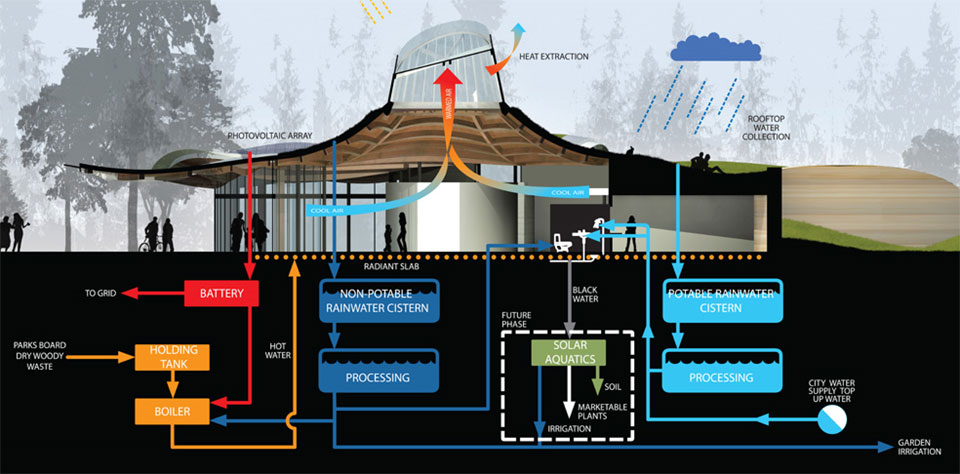
Perkins+Will
For additional information about Regenerative Design, read a post from Ramana Koti, BEMP, LEED AP BD+C, Associate responsible for Building Performance Analysis at Lord Aeck Sargent, titled “Green Roofs and Regenerative Design.”
Read more: The Future is Now: The Case for Regenerative Design
 Greenroofs.comConnecting the Planet + Living Architecture
Greenroofs.comConnecting the Planet + Living Architecture
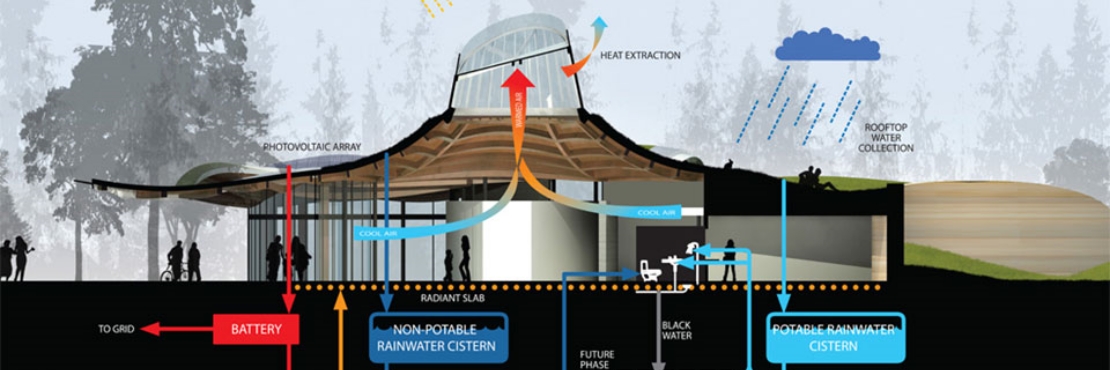

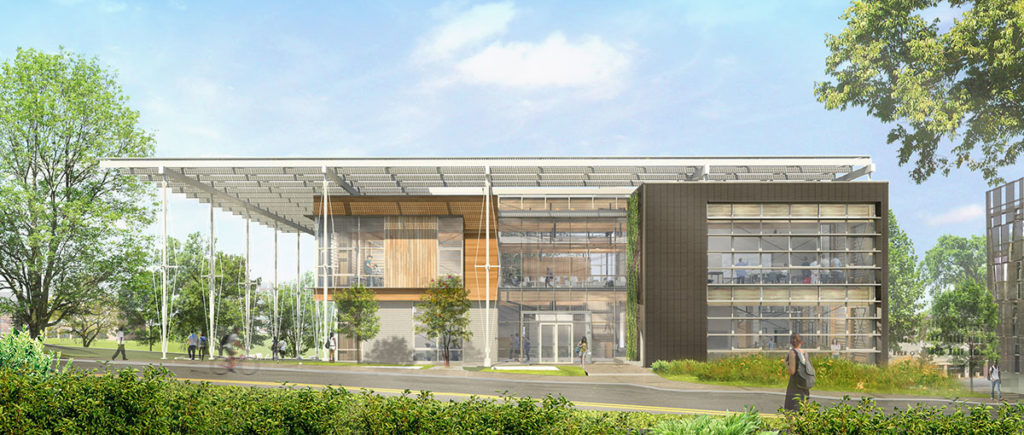
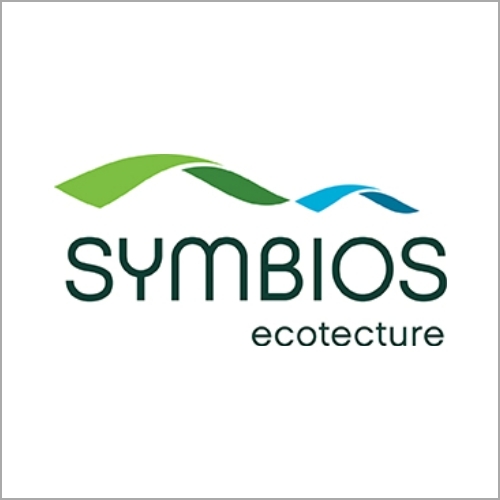

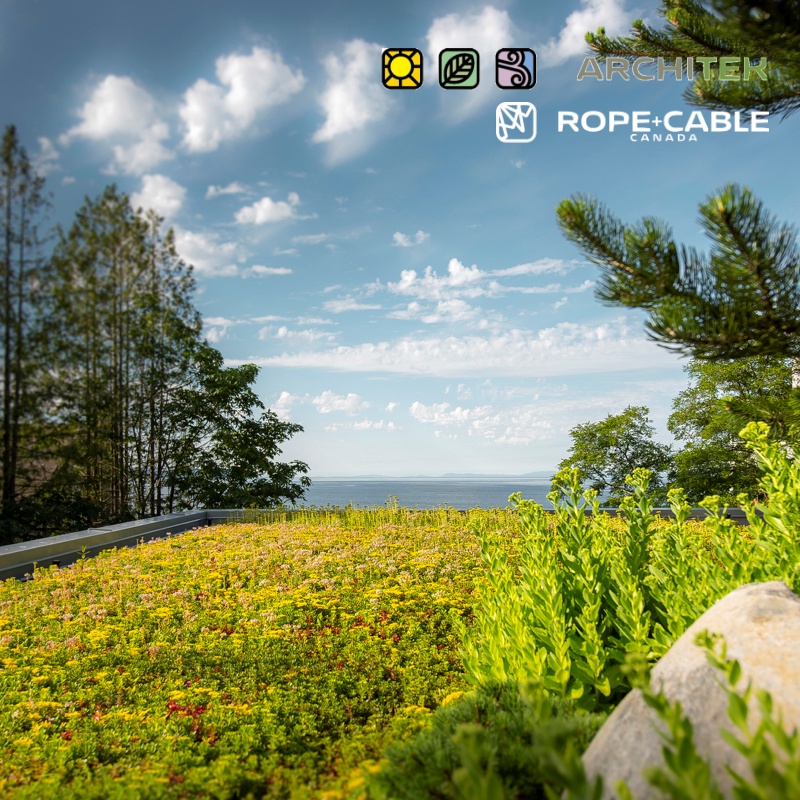
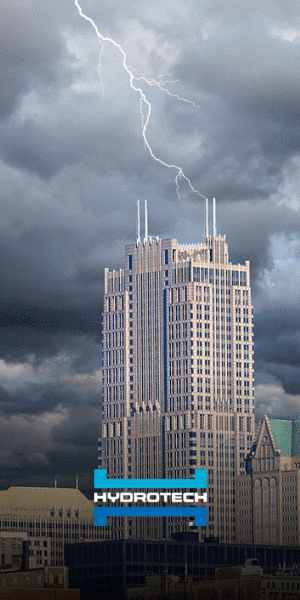



Jack Marrow
Woah. I love the idea of this. This is like green roofing but using innovation.
I also read articles regarding solar roofs, it is also good. I’m sure these ideas are not far from our hands. We will do our best to keep up with innovation.
Regards,
http://www.roofingrepairsandysprings.com/
Sam Jewel
that woud be cool
Manage The Roof Covering On Your Residence Like A Pro With These Tips – The Journey of Krarup 008
[…] home, however; painting causes serious and permanent damage to the roofing system. Simply replace https://www.greenroofs.com/2020/06/12/what-if-buildings-could-be-designed-to-make-a-positive-contrib… or have the whole roof done, or wait until you can, rather than trying paint.Whether you are having […]
Ideal Practices For Home Roof Maintenance And Repair – The Blogging of Balling 107
[…] on hand. This way, you won’t have any term disagreements when the job is finished.Avoid https://www.greenroofs.com/2020/06/12/what-if-buildings-could-be-designed-to-make-a-positive-contrib… build-up on your roof in the winter time. This potentially devastating situation occurs when snow […]
Roofing Maintenance And Repair Tips For All – The Journaling of Boisen 829
[…] level of experience needed before you begin to ensure that you do not cause more harm than good. https://www.greenroofs.com/2020/06/12/what-if-buildings-could-be-designed-to-make-a-positive-contrib… for the first affordable quote you receive, especially if it seems too low to be true. Always […]
Just How To Select Roofer And Also What Is The Process Of Roofing Installment – The Life of Bering 554
[…] of building task, you will have many concerns relating to the roof covering setup process. Among https://www.greenroofs.com/2020/06/12/what-if-buildings-could-be-designed-to-make-a-positive-contrib… to consider with your brand-new roofing system is locating a top quality professional roofer with […]
How To Choose Professional Roofer As Well As What Is The Process Of Roof Covering Installation – The Love of Staal 169
[…] help you mount your new roofing is to ask your neighbors, family and friends for recommendations. https://www.greenroofs.com/2020/06/12/what-if-buildings-could-be-designed-to-make-a-positive-contrib… is to examine your neighborhood yellow web pages or search online to discover roofer alternatives. […]
How Many Things You Should Avoid In Roofing Installment – The Life of Boyer 344
[…] https://www.greenroofs.com/2020/06/12/what-if-buildings-could-be-designed-to-make-a-positive-contrib… To Ask A Roofing […]
Terrific Tips For Maintaining Any Roofing In Enviable Shape – The Life of Lassen 239
[…] well. Although this is a costly option, anyone who sees your house will be astonished.Only hire roof installers 33499 who offers emergency services in their contract. If a tarp blows off in a storm or your roof caves […]
Learn All That You Need To Select The Perfect Roofing Business – The Journaling of Carver 307
[…] you should check your roof once a month for any shingles that may have fallen off.When there is https://www.greenroofs.com/2020/06/12/what-if-buildings-could-be-designed-to-make-a-positive-contrib… in a shingle, you must replace it. In fact, any cracking usually means that you’ll have to […]
Roofing Tips That Can Wind Up Conserving You Money – The Journaling of Ford 527
[…] ability to stand up to weather. Check out the advice below and learn how to treat your roof right. Click To See More with your roof if the weather is inclement. Not only does it make it more dangerous for you to go […]
Try These Awesome Roof Covering Tips Today – The Blogging of James 842
[…] a little something about their character as well, which is valuable information.Before spending energy saving shingles of dollars on having your roof repairs by a contractor, see if you can do the fixes. While more […]